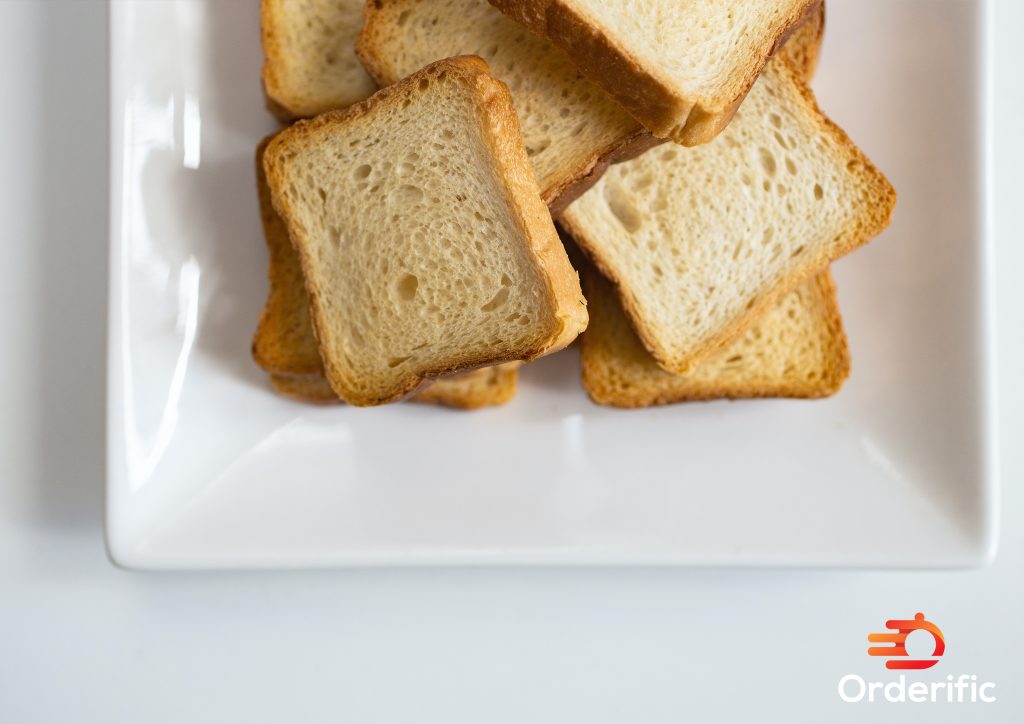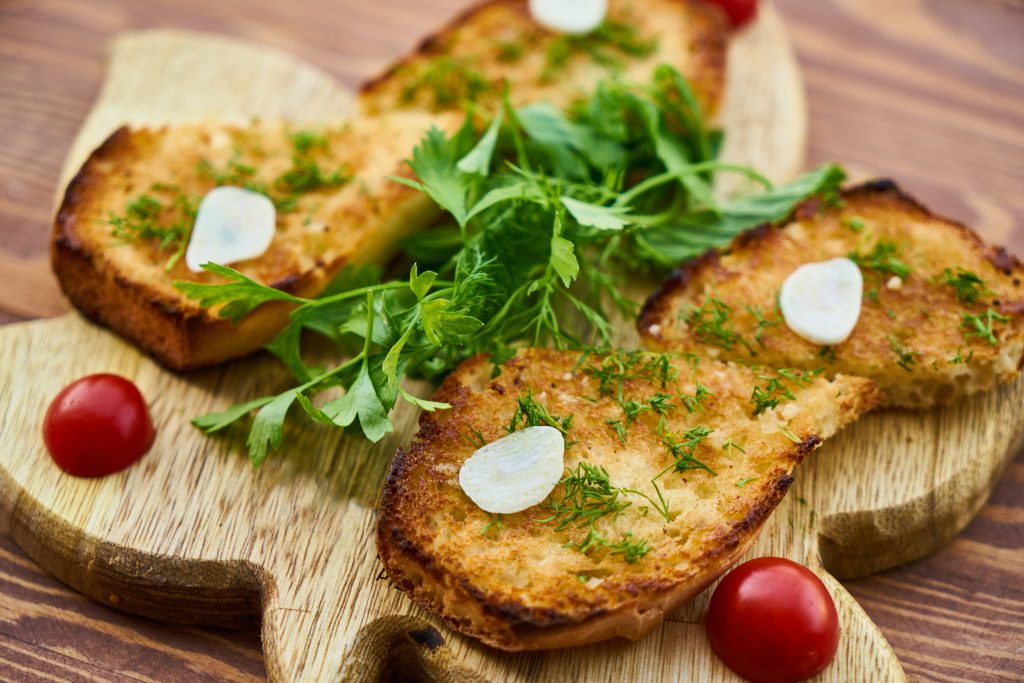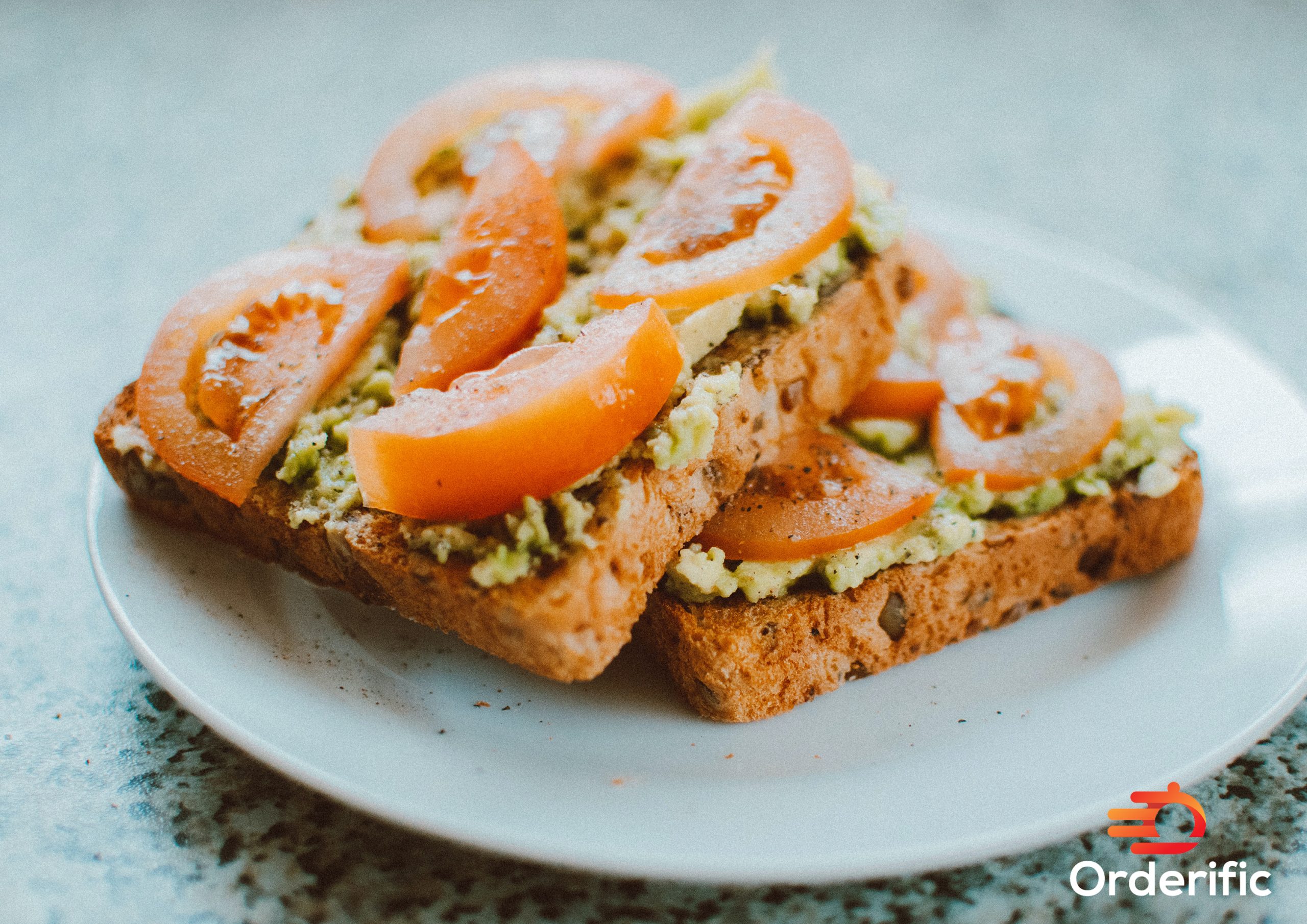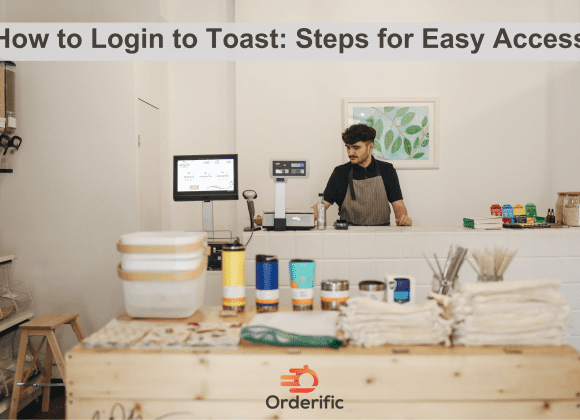Have you ever felt the craving for “toast small”? For many, this term might seem like a new culinary catchphrase. Yet, behind these two simple words lies a world of crispy, bite-sized perfection. This trend of mini toasts, whether for a hearty breakfast, a mid-day snack, or a sophisticated appetizer, is rapidly gaining popularity among food enthusiasts and chefs alike.
The appeal is clear: a canvas small enough for delightful, creative toppings yet significant enough to satisfy. Achieving that impeccable balance of crunch and flavor requires finesse and understanding. So, what’s the secret behind these miniature delights? Stick around as we delve deeper into the art and allure of the perfect small toast.
Why Small Toast is the Perfect Breakfast Option
Breakfast is often heralded as the cornerstone meal, setting the tone for the day ahead. Amid the morning hustle, there’s a need for something uncomplicated yet delicious. Enter small toast, a game-changer in the breakfast realm. Not only are these bite-sized bread pieces incredibly quick to prepare, but their versatility is also unmatched. Think of them as little canvases, ready to be adorned with a myriad of toppings.
Whether you have a sweet tooth, craving maple syrup drizzles and powdered sugar, or you lean towards savory with creamy avocado spreads and a sprinkle of black pepper, it caters to every palate. It’s this adaptability, combined with its convenience, that elevates it to an ideal breakfast choice.
Choosing the Right Bread for Small Toast
Selecting the ideal bread for small toast is a crucial step in achieving that perfect bite. The choice of bread can dramatically influence both the texture and flavor profile. Traditional white bread is a staple, offering a neutral, soft base that pairs seamlessly with most toppings. On the other hand, sourdough, with its distinct tangy notes, can add an extra layer of depth to the palate.
For those navigating dietary restrictions, gluten-free bread is a godsend, allowing them to indulge without worry. Beyond just the flavor, the bread’s texture, be it soft, grainy, or crunchy, plays a pivotal role in the overall experience. When aiming for that perfect small toast, always weigh both the taste and feel of the bread, ensuring every bite is a delightful journey.
How to Get the Perfect Toast Every Time

Achieving that impeccable golden-brown toast, the kind that offers a harmonious blend of crunch and softness, can sometimes seem like a culinary challenge. But the secret is simple: vigilant monitoring. It’s a delicate balance—leave it under the heat for too brief a moment, and you’re left with a lackluster, soft slice. Allow it to linger too long, and an over-toasted, nearly charred piece emerges.
The tools you use matter too. Employing a baking sheet, for instance, aids in distributing heat uniformly, ensuring consistent results. Additionally, it’s vital to recognize that not all breads toast at the same pace. A thick slice of sourdough might take longer than a thin slice of white bread. With a discerning eye and a bit of practice, you can master the art of perfect toasting every single time.
Tips and Tricks for Adding Flavor to Small Toast
When one thinks of infusing flavor into small toast, the immediate thought drifts to toppings. But the true magic often lies beneath those toppings. A foundation of flavor can be built right into the bread itself, and it starts before the toasting even begins. Consider rubbing a slice with a clove of fresh garlic or grating a hint of lemon zest onto it.
These seemingly minor tweaks have the power to profoundly transform and elevate the taste profile. Instead of just a base for toppings, it becomes a gourmet experience, blending harmoniously with whatever you choose to layer on top. These subtle infusions add depth and complexity, turning an ordinary piece of toast into a culinary delight.
Creative Small Toast Toppings to Try at Home
The realm of small toast toppings is vast, and it’s time to venture beyond the classic butter and jam duo. Envision a morning where it sports a dollop of fluffy whipped cream crowned with vibrant fresh fruit. Or perhaps, for a more sophisticated palate, a smear of creamy goat cheese complemented by the crunchy texture of walnuts.
For those inclined towards savory delights, imagine a luxurious shrimp toast, seasoned perfectly and garnished with a sprinkle of nutty sesame seeds. The beauty of it is its versatility. Each slice offers a blank canvas, awaiting culinary artistry. With a pinch of imagination and a dash of creativity, the possibilities for toppings are as boundless as the horizon.
Small Toast as a Versatile Snack or Appetizer
The allure of small toast extends well beyond the breakfast table. Their petite size, combined with their delightful crunch, makes them an ideal candidate for various culinary roles. Consider layering them with delicate slices of salmon, perhaps with a hint of cream cheese, creating an elegant appetizer worthy of the finest soirées. A simple sprinkle of fresh parsley can add a burst of color and freshness, elevating its visual appeal.
At parties, their bite-sized nature becomes an undeniable asset. Easy to hold and even easier to devour, these mini toasts offer guests a symphony of flavors in a single bite. Versatile, delightful, and always in vogue, small toast can seamlessly transition from morning staple to evening star.

Making Small Toast for a Crowd: Tips and Tricks
When playing host, especially for a brunch gathering, small toast can become the star of the spread. Diversity is key—by offering a variety of bread options such as the classic French bread with its crusty exterior or a rustic homemade bread with its heartwarming aroma, you cater to diverse palate preferences. But the bread is just the beginning.
A plethora of toppings, from the sweet allure of berry compotes to the savory richness of herbed cream cheese, ensures there’s something for every guest. Consider setting up a ‘toast bar’ where attendees can customize their pieces. To elevate the experience further, ensure the toast remains warm, perhaps by using a warming tray. Warm, crunchy, and diverse in flavors, don’t be surprised as you see the small toast quickly vanish from the platter, becoming the talk of the brunch.
Conclusion
At first glance, small toast might appear inconspicuous, perhaps even trivial in the grand tapestry of culinary delights. However, its stature belies its vast potential. These little slices serve as versatile canvases, ready to embrace a myriad of flavors and textures. From sweet spreads to savory toppings, the range is boundless. Whether you’re scrambling for a quick breakfast, hunting for an afternoon snack, or pondering an elegant appetizer for a dinner party, small toast emerges as the unsung hero.
Equipped with the insights and tips from this guide, every slice you toast can be a step closer to culinary perfection. The next time hunger strikes or creativity beckons, turn to the humble small toast and let its potential unfold on your plate.
In case you want more content like this, visit Orderific right now!
FAQs
What is the best type of bread to use for small toast?
While there’s no one-size-fits-all, sourdough and baguette are popular choices due to their taste and texture.
How long should I toast my small toast for?
It varies, but usually between 2-4 minutes. Watch closely to avoid over-toasting, and keep the toast tasty.
Can I make small toast in a toaster oven?
Absolutely! Toaster ovens can provide even toasting, perfect for small batches, and in this case, small toast.
How can I add flavor to my small toast?
Infuse the bread with herbs or spices, or experiment with creative toppings like cinnamon or vanilla.













